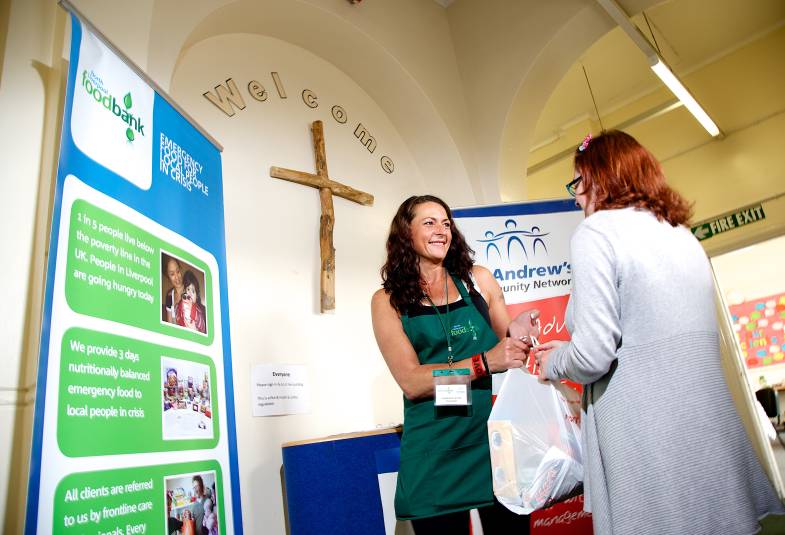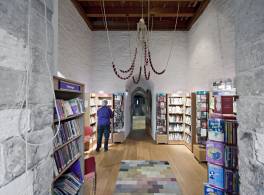Go through all the ideas that your community suggested and choose the one your team thinks best solves the problem and is the most achievable.
Download the toolkit
- Chapter five: Developing your ideas (4.1 MB)

How to choose the best idea
You know what your community needs. And they’ve told you what they want. But which solution is best?
To find out, do a SWOT analysis. Look at each idea and think of its strengths, weaknesses, opportunities, and threats.
- Organise a group meeting
- Draw a grid with four columns
- In each row, list a solution, its benefits and drawbacks
- In the last column, write a summary: include the costs and building works
This will help you to see which idea is realistic.
Try our template
- SWOT analysis template (360.14 KB)
If you suddenly realise that you haven’t yet found the best solution, don’t worry. None of your efforts have been wasted. Just keep looking!
"Don’t settle on obvious solutions – there might be better ones."
Crossing the Threshold
Explain your choice
Once you’ve chosen the solution your team thinks is best, ask the group:
- Why is it the best solution for this problem?
- Why are we the best group to do this project?
- What would happen if the project didn’t go ahead?
- Have we looked at all the options?
- Is the project sustainable?
Be specific with your answers. This will help you later on when you are applying for grants.
Is your project feasible?
If your project is medium to large, then you might need to ask your architect to do a formal feasibility study.
A feasibility study is based on extensive research. It looks at your project’s potential and tells you:
- If your idea is possible or not
- How your project will do what it set out to do
- Facts and numbers to help you make decisions
- Other ways of putting your idea into practice
You might be able to find a grant to pay for the study or maybe the local authority would help.
Show the finished report to the whole project group, the PCC and the local community for comments.
Case studies
- Case study: St Leonards Yarpole (130.48 KB)
Next steps
To make your vision become a reality you need to start thinking about:
- Is your project sustainable?
- Make sure you keep people informed
- Planning the project
- Appointing an architect
- Putting together a design team
- Write a business plan



